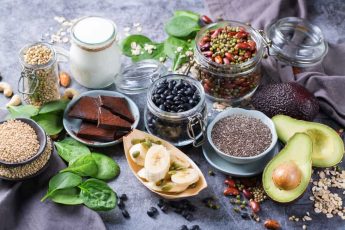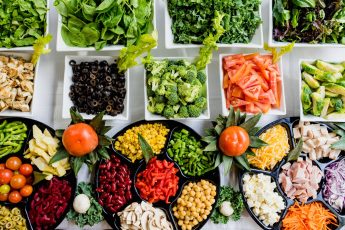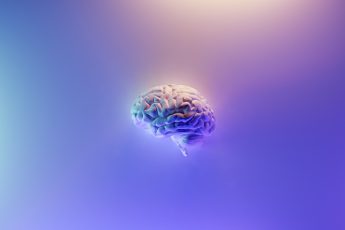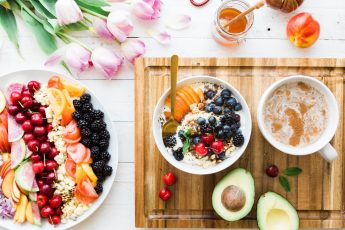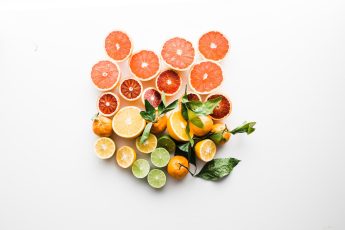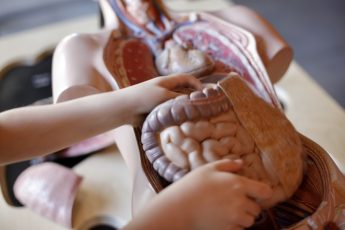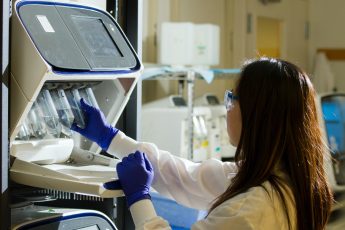Raw food diet for beginners
A raw food diet is a nutritional approach in which you may eat only natural, unprocessed, heat-treated foods. It has become popular everywhere, taking over far-flung places on our planet. But not everyone believes that it is a complete diet. Many people think that raw food is monotonous and bland. The diet includes vegetables, fruits, mushrooms, herbs and herbs, and no spices or salt. They nourish the body by providing the necessary minerals, vitamins, proteins, fats, and carbohydrates.
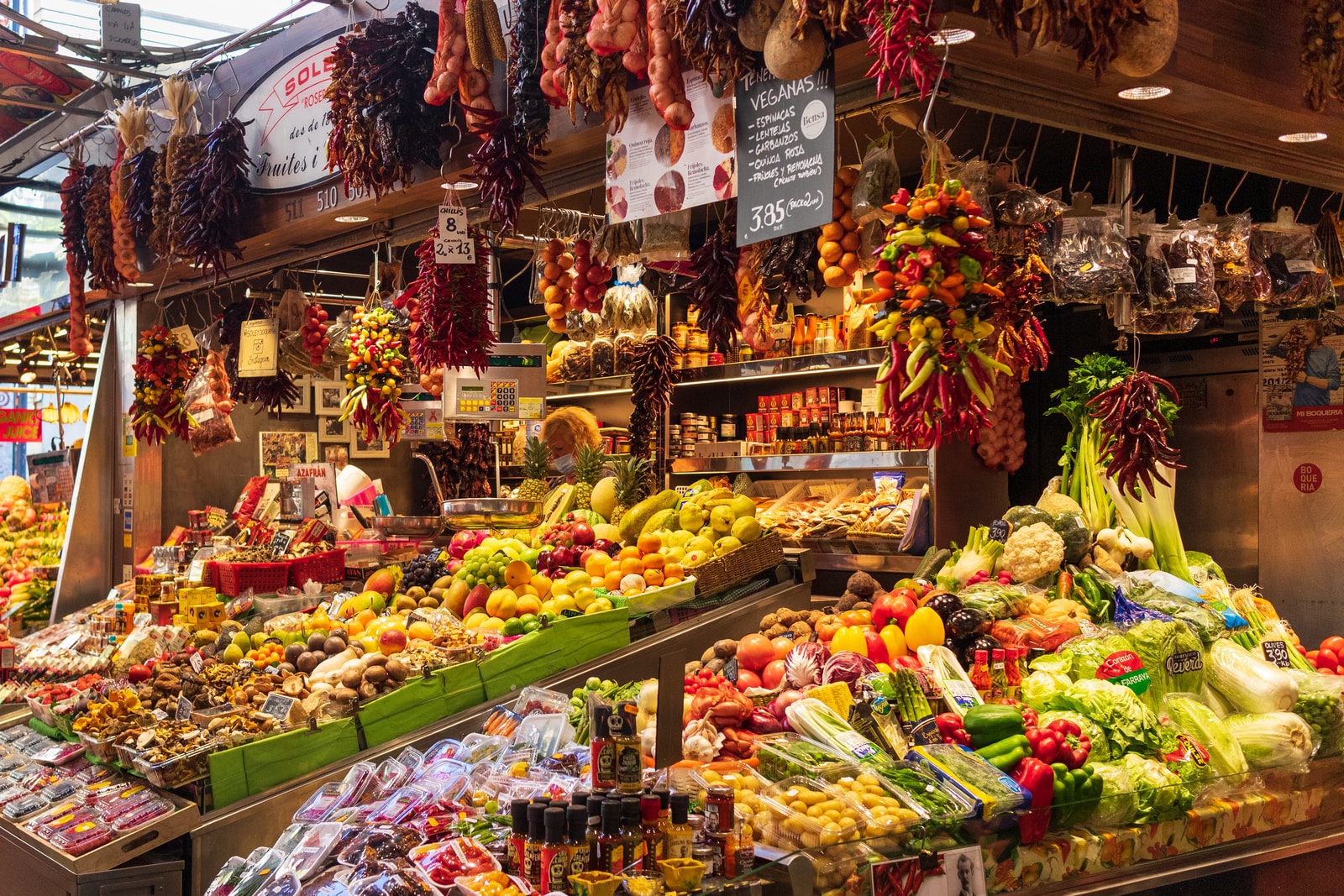
Despite its popularity, some people are discouraged by the lack of dietary variety. There is also a perception that people who follow raw food diet are constantly hungry and uncomfortable because of the small number of carbohydrates. It is not the case. A properly designed menu will bring undoubted benefits to the body.
Raw food diet schedule
You need to eat at least four meals a day. It will balance the metabolism and help redistribute energy enough for the whole day. And it will help you not to feel hungry. It is essential because constant discomfort has never been suitable for anyone. In addition, it increases the likelihood of a “breakdown. And the person will not just walk away from the diet but is likely to consume something containing fast carbohydrates. In contrast to ordinary people, raw food diet people can eat all day almost non-stop, but one fruit or vegetable at a time. Or you can divide your diet into four main meals and small snacks.
Do not drink water with food
In addition to the fact that fruits and vegetables consist of a lot of water, it is silly and tasteless to wash them down. In addition, it is best to drink plain water, occasionally mineral water, depending on personal indications. Water during a meal, getting into the stomach, creates heaviness, a false feeling of satiation, which is quickly replaced by a natural sense of hunger.
Raw food diet – essential foods nutrition
Nuts are an essential part of the raw food diet. They are rich in proteins, macro and micronutrients, carbohydrates, and other vital substances. But they can only be eaten raw. Often in stores, especially in packages, they are already fried and have undergone heat treatment. It means that they are not suitable for natural eaters. You may eat nuts as a snack. They are a staple ingredient in many weight-loss diets. Or as a separate meal for breakfast or lunch.
The next most important and necessary for human health are beans. And all legumes. It also includes all cereals. However, following the primary commandment, it is impossible to cook grains or, for example, beans. Therefore, they are sprouted. Sprouted oats have more nutrients than just raw or cooked oats. There is a lot of protein in them – the building material for the whole body, without which it is impossible to exist, grow, and function normally. Sprouted wheat, lentils, chickpeas, buckwheat, and peas go into the diet of devotees every day. They are eaten as a simple dish or added to a salad with greens and tomatoes.
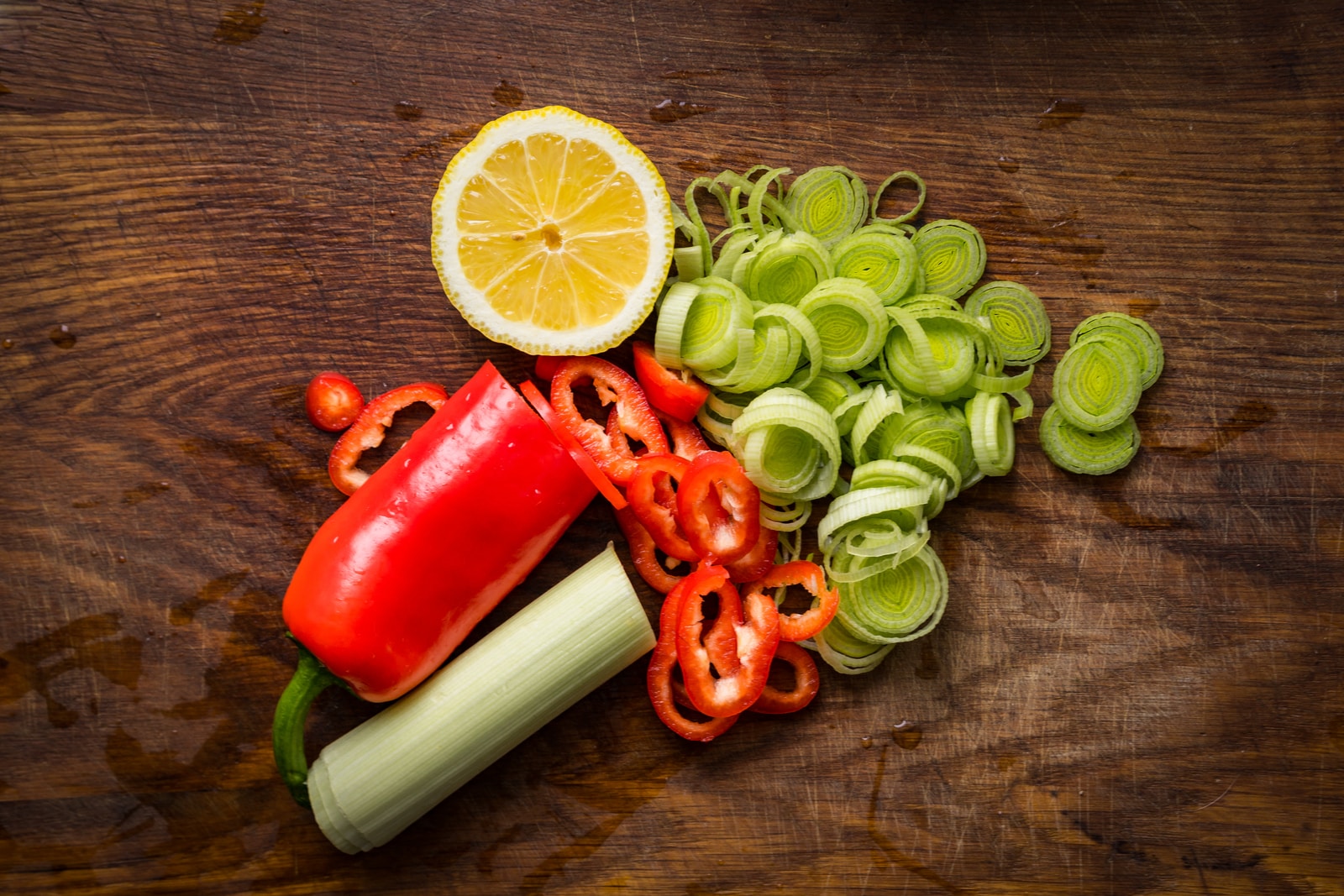
Buckwheat is worth mentioning separately. In its natural, raw form, it has a green color. It turns brown because they roast it at the factory. Raw buckwheat has much more iron, which is prophylactic for anemia (low iron levels in the blood). Anemia is a common disease that accompanies raw eating the wrong diet. You must pour it into the water to prepare green buckwheat. In an hour, it will swell, and be ready to eat.
Sunflower seeds in their raw form have a sweet taste. They are rich in minerals, oils, and polyunsaturated fatty acids. Despite the lack of meat in the diet, it helps maintains muscle mass in the body. Pumpkin, flax, sesame – you can also eat the seeds of these plants.
This list also includes garlic, but you should dose the amount of it. It is contraindicated for people with stomach ulcers and other gastrointestinal problems and diseases. Citrus fruits are a source of potassium and vitamin C, which help keep your immune system toned down. Raw foods are the preferred varieties of apples — also watermelon, raspberries, strawberries, blueberries, and currants. Avocados are a source of lots of carbohydrates, minerals, and vitamins. They are added to salads or eaten as an appetizer.
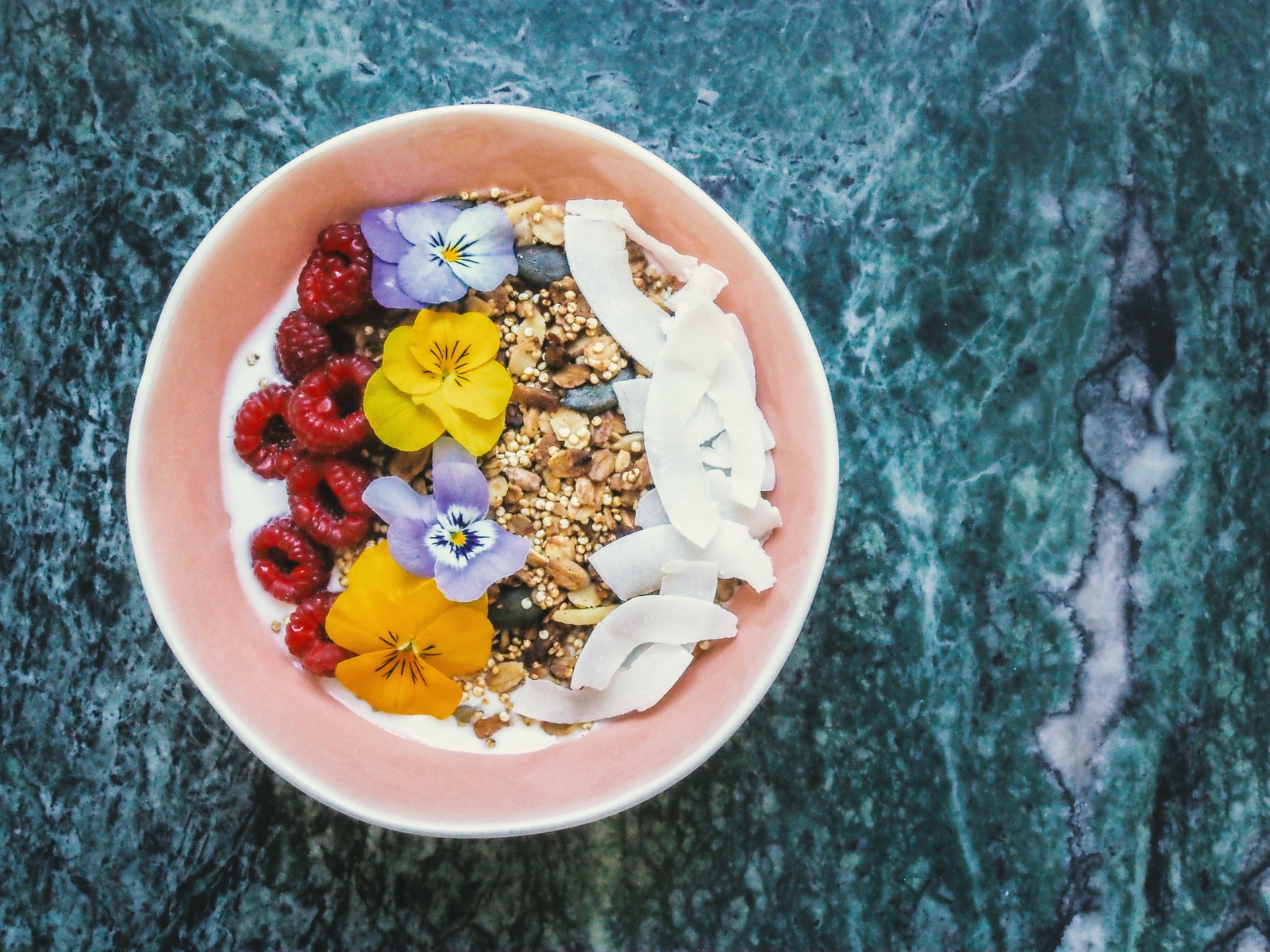
Mushrooms are also on the menu, but only fresh ones. However, it is necessary to study the appropriate literature carefully, as not all mushrooms are safe in their unprocessed form. Popular and safe ones are mushrooms and oyster mushrooms.
Dried fruits are used as a dessert. Adults and children like dried apricots, apricots, and apricots. Mainly for its sweet and, at the same time, sour taste. It is also full of vitamins and trace elements necessary for human health and beauty. Prunes are repulsive in their appearance but usefulness, even ahead of apricots. It is also rich in a variety of B vitamins.
Use olive, linseed, or vegetable oil as a salad dressing. They are rich in acids, fats, and vitamins and are suitable for skin and hair. But use only unrefined, cold-pressed oil.
